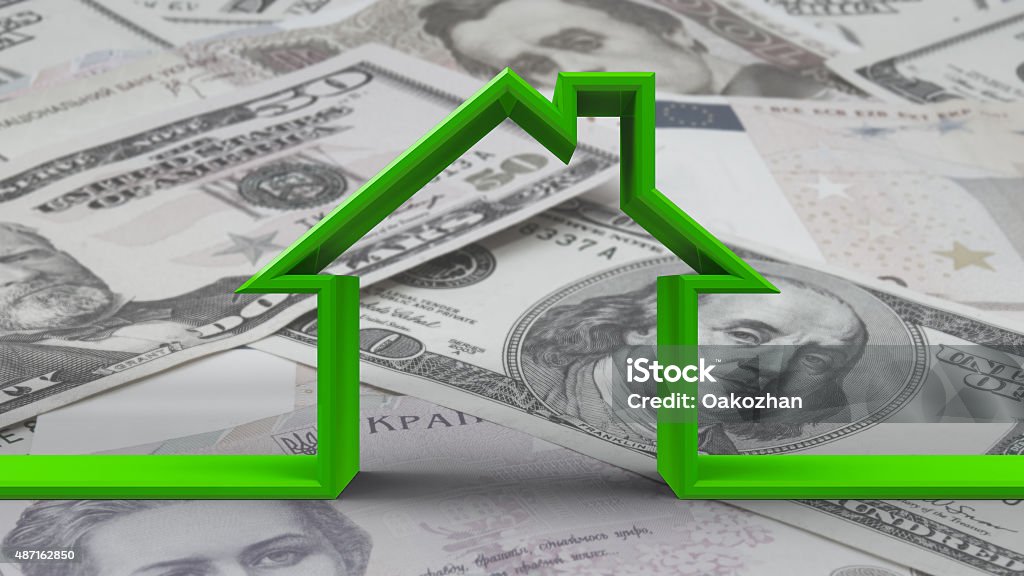These days, banks have different loan products best suited for one’s needs and situations. It is apparent that understanding the many kinds of bank loans would better let individuals and businesses make proper choices that jive with their financial goals. This paper will discuss the most common types of bank loans available in personal loans, mortgages, auto loans, student loans, and business loans.
1. Personal Loans


Personal loans are a form of unsecured loan given to natural persons by banks for their personal needs. As unsecured, they do not ask for collateral and thus can attain a greater pool of applicants.
Key Features:
Loan Amount: Depends on the creditworthiness of the borrower. Normally, it ranges between a few thousands to several tens of thousands of dollars.
Repayment Period: Ranges from 1 to 7 years normally.
Interest Rates – Fixed or variable, sometimes higher than that compared to secured loans.
Usage – Debt consolidation, medical expenses, renovation of house, vacation, or other personal needs.
Advantages
No collateral is involved here in this type of loan.
Fast processing as well as disbursal
Freedom of usage.
Things to Consider:
The rate of interest is higher here than that compared to secured loans.
This will dent the credit score if returned untimely.
- Mortgages
Considerations:
- A high down payment amount is usually required.
- The property is used as collateral, mean in
Definition: Mortgages are types of long-term loans, which are utilized in buying real estate. The collateral used is the property itself.
Key Features:
- Loan Amount: Normally very high, covering about most of the value of the property.
- Repayment Period: Usually falls between 15 to 30 years.
Interest Rates – Either fixed or variable: Fixed rates do not vary during the period, and variable rates may be changed during the period with respect to the market conditions.
Usage – Purchase, refinancing, or construction of houses.
Benefits
Tax-deductible interest: Can lose the house to foreclosure if defaults occur.
3. Auto Loans
Definition: An auto loan is a category of secured loan availed for purchasing an automobile. In this context, the vehicle stands as collateral for the loan.
Key Features:
- Loan Amount: The amount that can be sanctioned depends on the price at which the vehicle is being purchased-usually up to a maximum of 100% of the value of the car.
- Repayment Period: Generally, this is between 3 to 7 years.
Interest Rates Generally cheaper compared with personal loans because the loan is secured.
Application New and second-hand cars, trucks, motorcycles
Advantages
Low interest rate as opposed to an unsecured loan;
It gives you an opportunity to buy a car not having to pay for the full price. - Considerations: The used vehicle used to collateralize the loan inability to pay allows repossession by the lender
- The added monthly installment inflates the car ownership cost.
4. Student Loans


Definition: A student loan is an amount used to help an individual meet the expenses associated with education. They could be both Federal and private with different terms and conditions.
Key Features:
- Loan Amount: It depends on the type of loan and cost of educational expenditure.
- Repayment Period: Can be postgraduation; terms can range from 10 to 25 years.
- Interest Rates: Federal loans generally issues at low fixed rates, while private loans could be variable.
- Usage: Tuition, books, supplies, and at times for living expenses.
Benefits:
- Federal loans offer flexible repayment or income-driven plans.
This can offer deferment or forbearance benefits across the life of the loan, if experiencing financial difficulty.
Considerations:
Repayment begins after graduation or after the end of any grace period. Defaulting on a student loan significantly damages your credit score, and that score will be haunting your very future financial health.### 5. Business Loans
Definition: Business loans help enterprises with expansion, buying equipment, operational expenses, and for other such purposes. These too are available as secured and unsecured loans.
Key Features:
- Loan Amount: Extremes vary from a few thousand rupees to crores of rupees, depending upon the enterprise requirement and its size.
- Repayment Period: The usual repayment period ranges from 1 to 10 years.
Interest Rate: fixed or floating, dependent upon the creditworthiness of the borrower and loan type. Utilization: equipment purchase, cash flow management, operational expansion, or any other business requirement. The advantages are that it provides capital for expansion and growth and will be suitable for any business requirement emanating from a wide range. Considerations: Secured loans will demand collateral, while unsecured loans will charge higher interest rates.
Business loans are going to differ in terms of credit ratings and are also going to require a good business plan.
6. Home Equity Loans and Lines of Credit


Definition: Home equity loans and lines of credit, better known as HELOCs, are a type of secured loan for which the home is put up as collateral. They offer home owners the chance to borrow against the equity that has built up in the home.
Key Features:
- Quantity: This would relate to the amount the equity in a home allows for, usually 80-90% of a home’s value.
- Payback Period: Home equity loans are taken bank loans for a fixed term, while, with HELOCs, the concept of a draw period is common, followed by a payback period.
- Interest Rate: Home equity loans have fixed rates, though the rates on offer for HELOCs are usually variable.
- Purposes Put to Use: The purposes it is put to include home improvement, debt consolidation, and large expenses.
**Benefits:
- The rates are generally lower when compared to an unsecured loan.
- The interest may be tax-deductible (consult with a tax advisor).
Concerns:
- In the home, there is a risk if payments cannot be made.
- HELOCs can turn dangerous when interest rates begin to rise.
Conclusion
Understanding the various types of bank loans may be relevant in view of making proper financial decisions. Options include personal loans, mortgage loans, auto loans, student loans, business loans, and home equity products. Each of these types has characteristics, entitlements, and considerations. Carefully weighing needs, financial situations, and loan terms may prove very crucial in selecting the right product for your needs.
It is always desirable that one consults a financial advisor or a loan officer to understand what is viable for him/her and make choices in the best interest of their finances and their capabilities.
